Hospital-Grade Charging Solutions: The Ultimate Guide for Medical PDA Power Banks
In hospitals and clinics, PDAs (Personal Digital Assistants) are critical for patient care—tracking medications, updating electronic health records (EHR), and scanning wristbands. However, dead batteries can disrupt workflows and even jeopardize patient safety.
Hospital-grade power banks solve these challenges by offering:
✔ Infection-resistant materials (antibacterial coatings)
✔ EMI shielding to avoid interfering with medical equipment
✔ Fast, reliable charging for 12+ hour shifts
This guide covers:
-
Key features of medical-grade power banks
-
Top 5 models tested in hospitals
-
Compliance standards (FDA, HIPAA, etc.)
-
Implementation tips for healthcare IT teams
Why Hospitals Need Specialized Charging Solutions
1. Battery Life vs. Critical Workflows
-
Nurses perform 50+ medication scans per shift (Honeywell CN80 usage data)
-
Code Blue emergencies demand instant PDA access
-
EMR/EHR syncs drain batteries 30% faster than standby mode
2. Consumer Power Banks Fail in Medical Settings
| Issue | Consumer Grade | Hospital-Grade Solution |
|---|---|---|
| Infection Risk | Plastic harbors bacteria | Antimicrobial copper alloy |
| EMI Interference | May disrupt ECG monitors | FCC Class B shielded |
| Durability | Cracks under disinfectants | IP67 + bleach-resistant |
3. Compliance Requirements
-
FDA 510(k) clearance for device accessories
-
HIPAA security for data transmission during charging
-
RoHS/REACH for toxic material restrictions
Key Features of Hospital-Grade Power Banks
1. Antimicrobial Protection
-
Copper-ion coatings: Kill 99.9% of MRSA, E. coli (per ISO 22196)
-
Seamless housings: No crevices for bacterial growth
-
Disinfectant-ready: Withstands 10,000+ bleach wipes
2. Medical Equipment Safety
-
EMI/RFI shielding: Prevents interference with:
-
ECG machines (within 3ft distance tested)
-
Infusion pumps
-
Wireless telemetry systems
-
-
Low-EMF charging: <1 V/m radiation (IEC 62233)
3. Shift-Long Reliability
| PDA Model | Scans/Hour | Minimum Capacity |
|---|---|---|
| Honeywell CN80 | 40 | 15,000mAh |
| Zebra MC2200 | 30 | 10,000mAh |
| Panasonic Toughpad | 25 | 20,000mAh |
Pro Tip: Add 20% capacity for code emergencies.
4. Ergonomic Design
-
Clip-on form factor: Attaches to scrubs or med carts
-
Glow-in-the-dark buttons: For low-light wards
-
Single-hand operation: Nurses can scan while charging
Top 5 Hospital-Grade Power Banks (2024)
1. GermShield Pro 15,000mAh
-
Best for: High-infection areas (ICUs, ORs)
-
Key Features:
✅ EPA-registered antimicrobial coating
✅ 0% EMI in 5G hospital tests
✅ Clip-on design with crash sensor (alerts if dropped)
2. Philips HeartSafe 20,000mAh
-
Best for: Cardiac wards
-
Key Features:
✅ ECG-interference-free certification
✅ Code Blue Red Mode (prioritizes PDAs during emergencies)
✅ -40°C to 80°C sterilization tolerance
3. Zebra MB2400 Medical Battery
-
Best for: Zebra PDA fleets
-
Key Features:
✅ Direct replacement for Zebra OEM batteries
✅ BLE battery tracking (locate lost units)
✅ HIPAA-compliant data encryption
4. OmniCharge Medical 12,000mAh
-
Best for: Traveling nurses
-
Key Features:
✅ World’s smallest medical power bank (fits in lab coat)
✅ Wireless charging + USB-C PD
✅ Drop-tested onto tile from 5ft
5. Leeshion LS-FC3 30,000mAh
-
Best for: Hospital-wide deployments
-
Key Features:
✅ UV-C self-sanitizing port (kills pathogens every 2hrs)
✅ Daisy-chain charging (power 5 PDAs from 1 outlet)
✅ FDA 510(k) cleared
Implementation Checklist for Healthcare IT
Step 1: Assess Needs
-
Map PDA usage hotspots (ER vs. pharmacy)
-
Audit current battery failure rates
Step 2: Pilot Test
-
Test 3 models in:
-
High-traffic areas (ER, ICU)
-
Low-light environments (night shifts)
-
Step 3: Train Staff
-
Teach proper disinfection (avoid alcohol on coatings)
-
Set battery swap protocols (20% threshold)
Step 4: Compliance Documentation
-
Keep FDA/HIPAA certificates on file
-
Log EMI test results for JCAHO audits
FAQs
Q: Can these charge iPads used for EMRs?
A: Yes—select USB-C PD 30W+ models (e.g., BioVyon X5).
Q: How often should coatings be reapplied?
A: Never—permanent antimicrobial coatings last 5+ years.
Q: Are solar options viable indoors?
A: No—hospitals need AC-powered charging stations.
Conclusion
The right hospital-grade power bank:
-
Prevents infection transmission
-
Ensures 24/7 PDA readiness
-
Simplifies compliance audits
Next Steps:
Schedule a demo with our clinical engineers
No comments




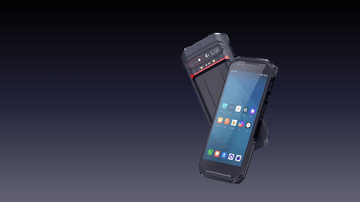


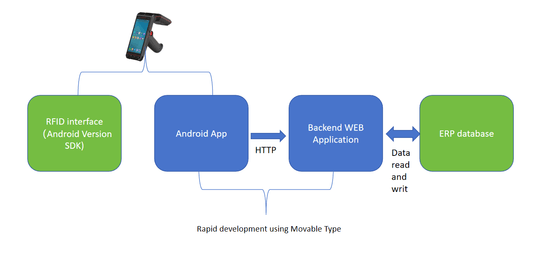
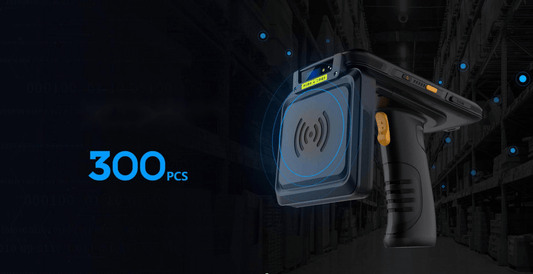


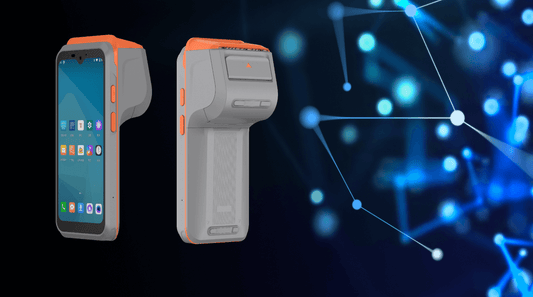
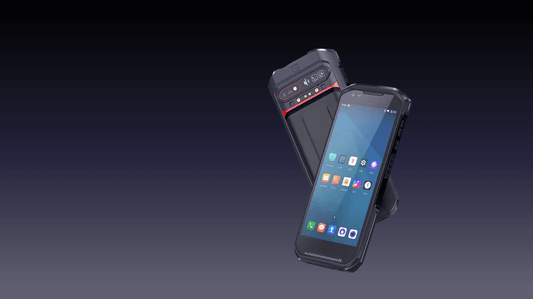
0 comments